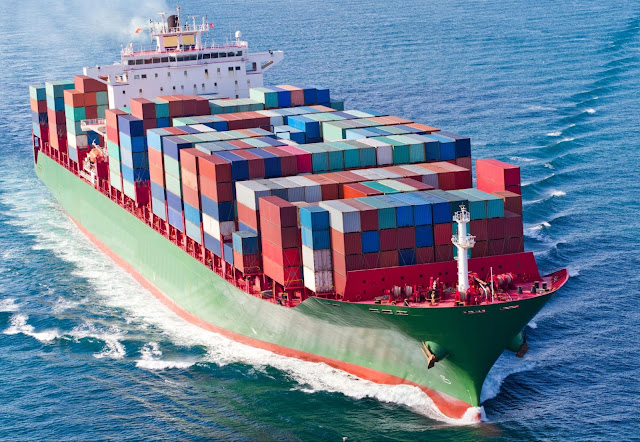Shipping Containers Market Analysis by Trends, Growth Analysis, COVID-19 Impact and Forecast till 2027
Shipping containers are used in the transport and carriage of goods without the need for intermediate unloading and reloading. These containers facilitate the transportation of goods by land and sea, using ships, rails, and/or trucks.
During the forecast period, increased seaborne trade is expected to drive growth in the global Shipping Containers Market. Seat transportation has grown dramatically over the last five decades. This is usually because seaborne transportation is less expensive and more efficient than other modes of transportation. According to Coherent Market Insights, seaborne trade accounts for more than 90% of global overseas trade. Furthermore, global seaborne trade increased by 3.8 percent in 2013 and is expected to increase by 4.1 percent by 2015. The Panama Canal is currently being expanded to allow large ships to pass through (over 10,000 TEU capacity). This growth has been aided by significant investment in container terminals around the world.
Over the forecast period, rising containerization is expected to propel the global Shipping Containers Market growth. Containerization's increasing speed, reliability, and safety have compelled businesses to use containers to ship their goods. Containerization grows as the cost of long-distance containerized transportation falls, and trade globalisation accelerates. According to Coherent Market Insights' analysis, container transport growth is expected to accelerate by the end of 2015. As a result, these factors are expected to drive growth in the global shipping containers market over the forecast period.
Coronavirus (Covid-19) Pandemic Impact on the Shipping Containers Market. Many governments around the world, including India, Spain, and Italy, have declared a state of emergency to prevent the spread of COVID-19 disease. For example, India has declared a state of emergency from March 25 to May 1 until further notice. The lockdown caused a labour shortage at the ports. Ports are struggling to move cargo due to a lack of manpower. Furthermore, transportation facilities such as trucks and trains are in short supply. Because of the aforementioned factors, the COVID-19 pandemic is expected to limit market growth in 2020.




Comments
Post a Comment